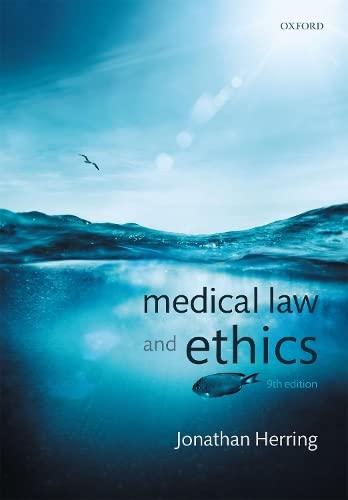


Question 1 1 pts Goal of nancial management in a for prot corporation is to: ID Make decisions that increase the market value of the equity. 0 Make decisions that increase the rm's total equitv. C: Make decisions that maximizes earnings for the current period (j) Make decisions that increases the book value of equity. 0 Make decisions that maximizes the dividends paid to shareholders Question 2 1 pts Corporate form of organization has the following advantages over other forms of organization, except: 0 Separation of ownership and management 0 Limited liability O Avoiding double taxation 0 Easier to raise large amount of capital C: Ease of transferring of ownership Question 3 1 pts The Sarbanes-leev Act in 2002 aims to improve the accuracy and reliability of corporate disclosures. Which eventisl from the 1990s was the primary.' reason that prompted the enactment of this Act? 0 Excessive use of tax loopholes C: stock market volatility,r ID Corporate accounting and nancial fraud 0 Excessive executive compensation ID Increased foreign investment in US. stock markets Which one of the following is the least effective means of aligning management goal with shareholder interests? O the potential for a proxy fight by an unhappy segment of shareholders. O basing all management bonuses on performance goals. O holding management salaries steady while increasing stock option grants. O automatically increasing management salaries on an annual basis. O the threat of a takeover of the firm. Question 5 1 pts Which one of the following is a working capital management decision? O How much cash should the firm keep in reserve? O Should the firm borrow money for five or ten years? Should I raise capital in the primary or the secondary market? Should I refinance the 15-year mortgage? How should the firm raise additional capital to fund its expansion? Question 6 1 pts Common-size income statement expresses all line items as a percentage of sales. O True O False Question 7 1 pts Shareholders' equity is net fixed assets minus long-term debt minus net working capital. O True O FalseBased on the recognition principle, revenue is recorded on the financial statements when the: I. payment is collected for the sale of a good or service. Il. earnings process is virtually complete. Ill. value of a sale can be reliably determined. IV. product is physically delivered to the buyer. O I and IV only O II and IV only O II and Ill only O I and Ill only O I and ll only Question 9 1 pts Cash flow from assets is defined as: O operating cash flow plus the cash flow to creditors plus the cash flow to shareholders. O operating cash flow plus net capital spending plus the change in net working capital. O cash flow to shareholders minus net capital spending plus the change in net working capital. O the cash flow to shareholders minus the cash flow to creditors. O operating cash flow minus the change in net working capital minus net capital spending. Question 10 1 pts A company's balance sheet reflects the true market value of its assets. O True False3 Question 11 1 pts Calculate the operating cash ow {DCF} of a company that has sales of $38,530, costs of $12,250, depreciation expense of $2,550, and interest expense of $1,350. The company's tax rate is 21 percent. 0 $23,230 0 $21,380 0 $21,290 0 $19,440 0 $15,090 :} Question 12 1 pts ABC Company has sales of $500,000, costs of $425,255, depreciation expense of $42,200, and interest paid of $11,511. The tax rate is 21 percent. How much net income did the rm earn for the period? 0 $11,425 0 $9,521 0 $10,250 0 $11,278 0 $15,222 Question 13 1 pts During the past year, ABC Company paid $40,000 in interest along with $2,000 in dividends. The company issued $3,000 of stock and $15,000 of new debt. The company reduced the balance due on its old debt by $20,000. What is the amount of the cash ow to creditors? 0 $20,000 0 $5,000 0 $35,000 0 $55,000 0 $45,000













